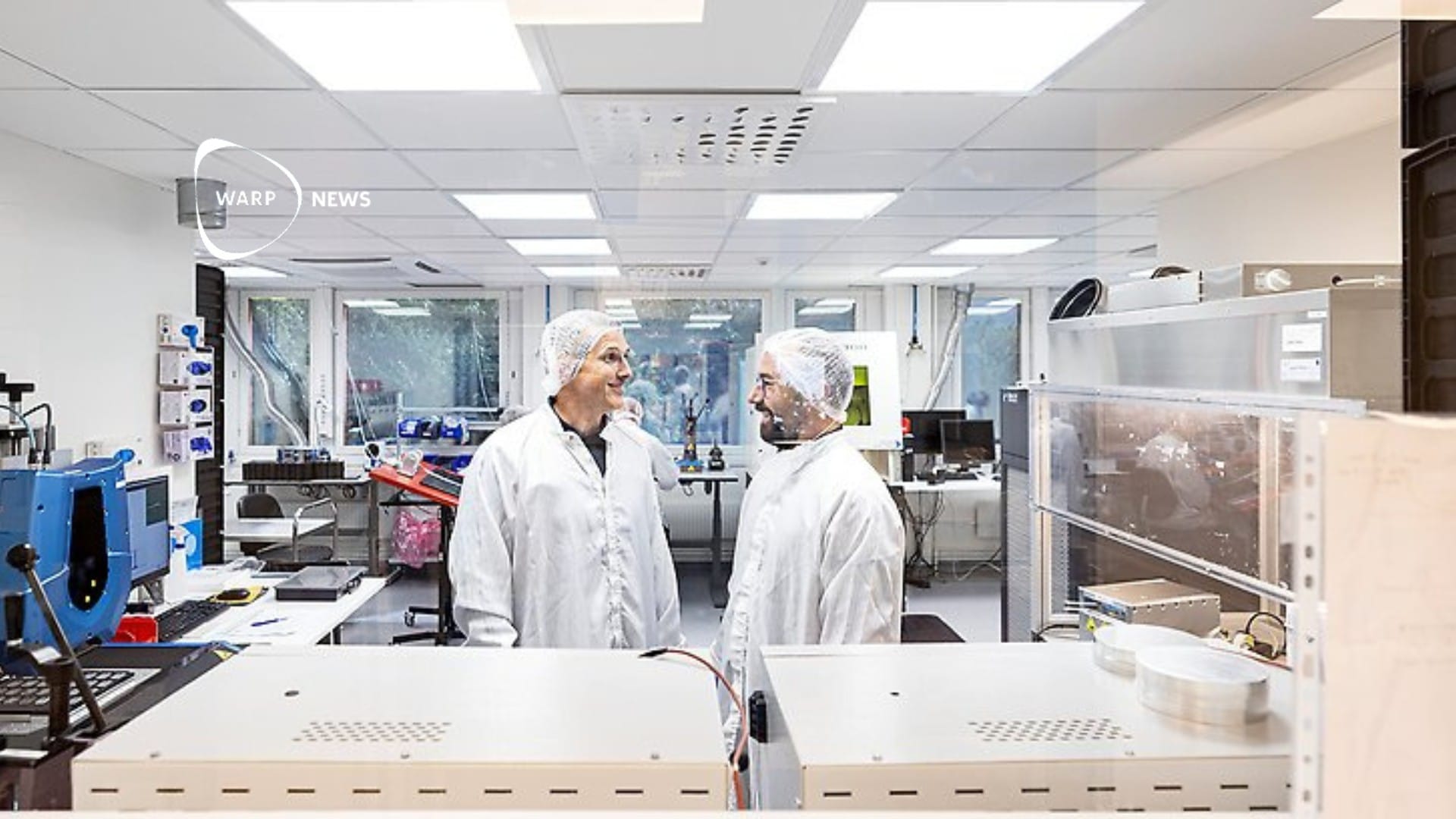
🧠 Screening for stroke can save both money and lives
A simple screening can show who has atrial fibrillation and who therefore needs blood thinners to reduce the risk of stroke.
Share this story!
The most common cause of blood clots in the brain, stroke, is atrial fibrillation, where the heart beats so irregularly that the blood is not pumped around as it should. A study now shows that screening to find atrial fibrillation in the elderly would both increase the chance of preventing stroke and save money for healthcare.
One problem with atrial fibrillation is that many people have it without knowing it. This means that they do not receive the preventive treatment in the form of blood thinners that can effectively prevent blood clots, which lead to stroke, from forming.
When researchers from Linköping University and Karolinska Institutet conducted a study with 30,000 people aged 75–76, it turned out that screening was an effective way to reduce the risk of having a stroke.
"The big benefit of screening is that you get information that can be used to reduce the individual's risk of suffering a stroke and in that way can extend the number of years of life, and with a good quality of life," says Emma Svennberg, researcher at Karolinska Institutet and one of the researchers behind the study.
As fewer people need emergency care for stroke, it also leads to lower costs according to the researchers.
"Our health economic calculations show that screening is even a cost-saving intervention. So: not only does the screening save lives and prevent strokes, but it also saves money for the healthcare system if it is introduced," says Lars-Åke Levin, professor at Linköping University and another of the researchers behind the study.
The screening itself is also easy to carry out, so no specially trained personnel are required to carry it out.
"The screening is a very simple intervention. In principle, you place your thumbs on a handheld EKG device, which measures the heart's activity, and do so twice a day for two weeks," says Emma Svennberg.
Photo: Linköping University/Johan Adelgren
By becoming a premium supporter, you help in the creation and sharing of fact-based optimistic news all over the world.


